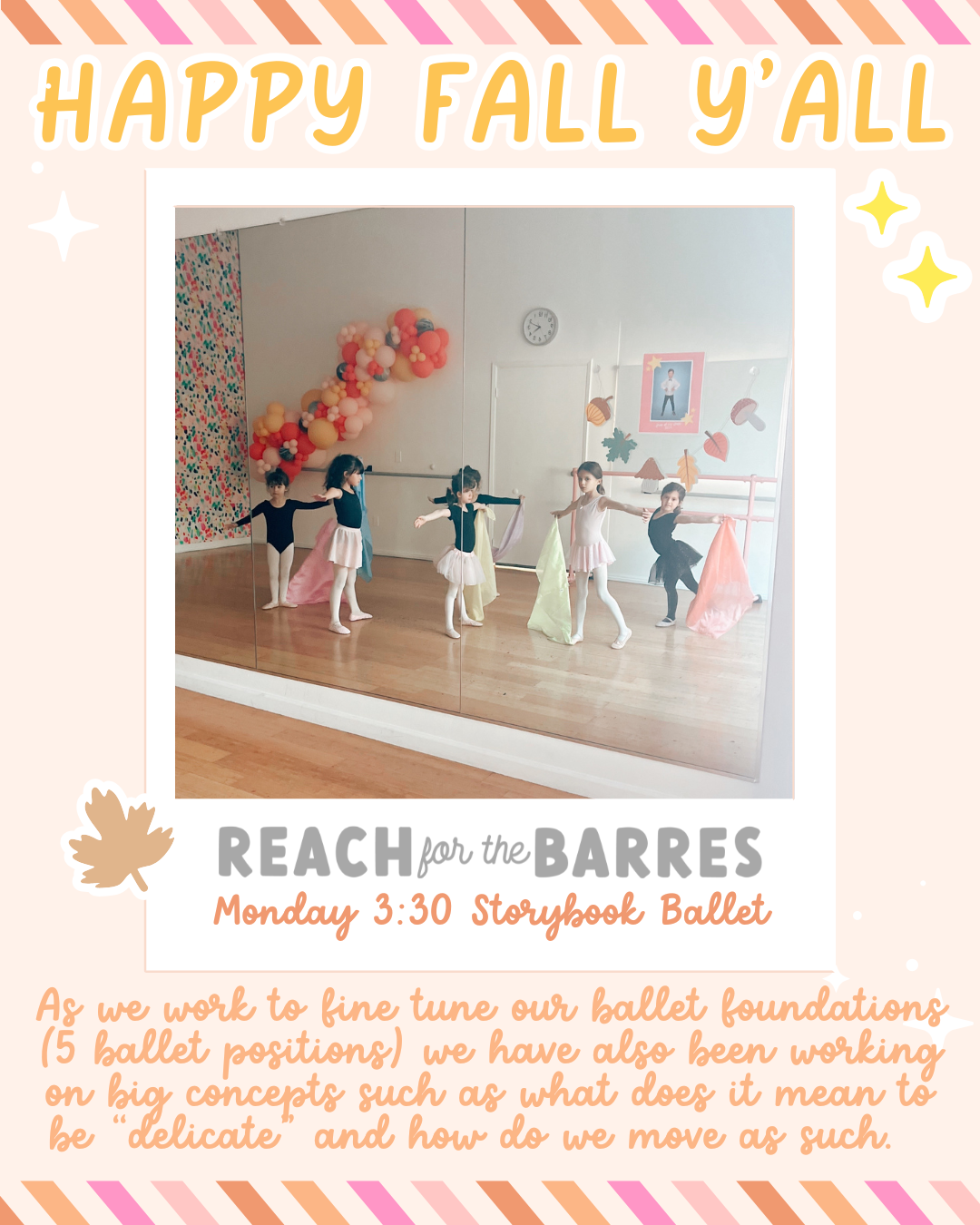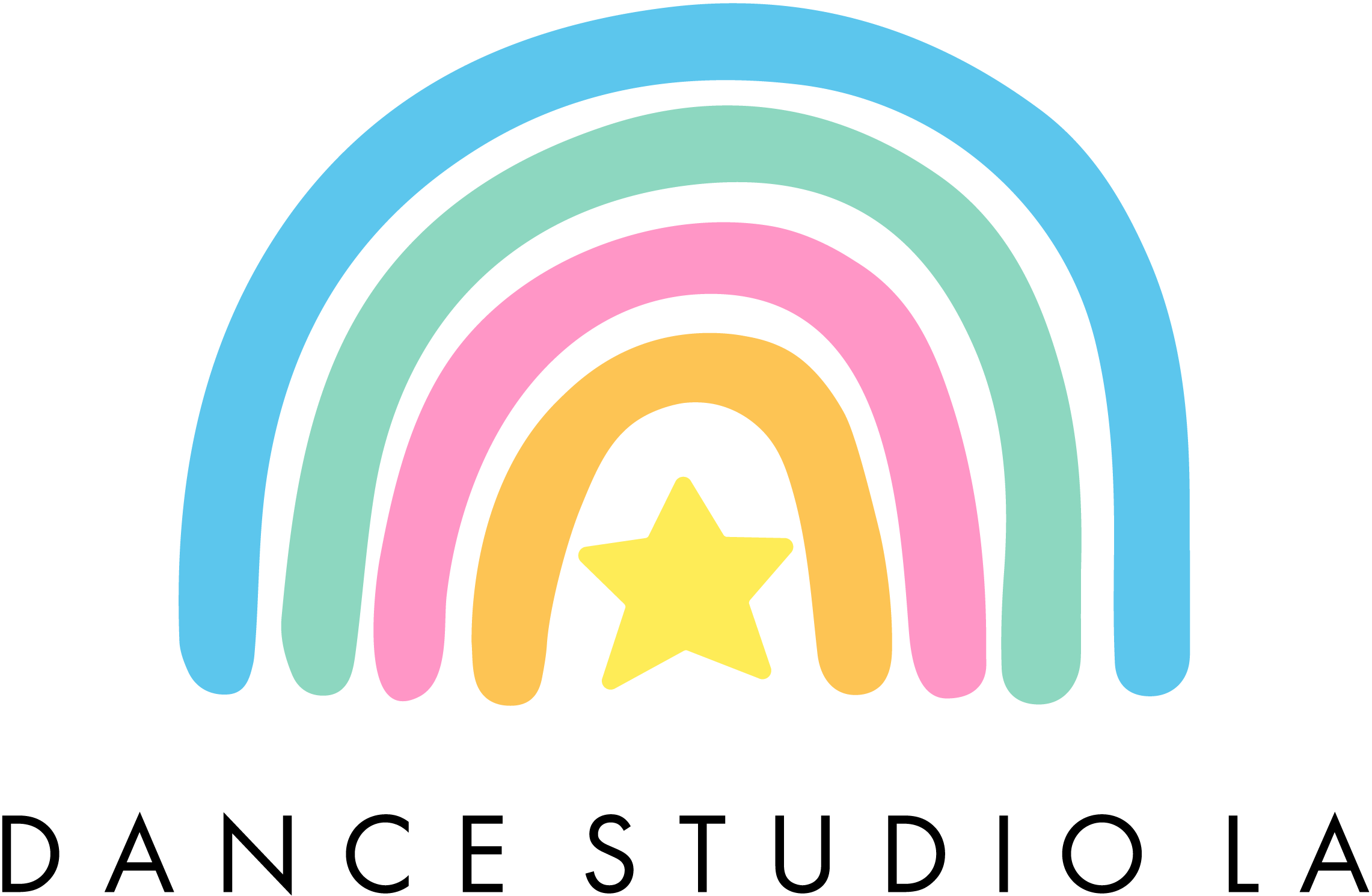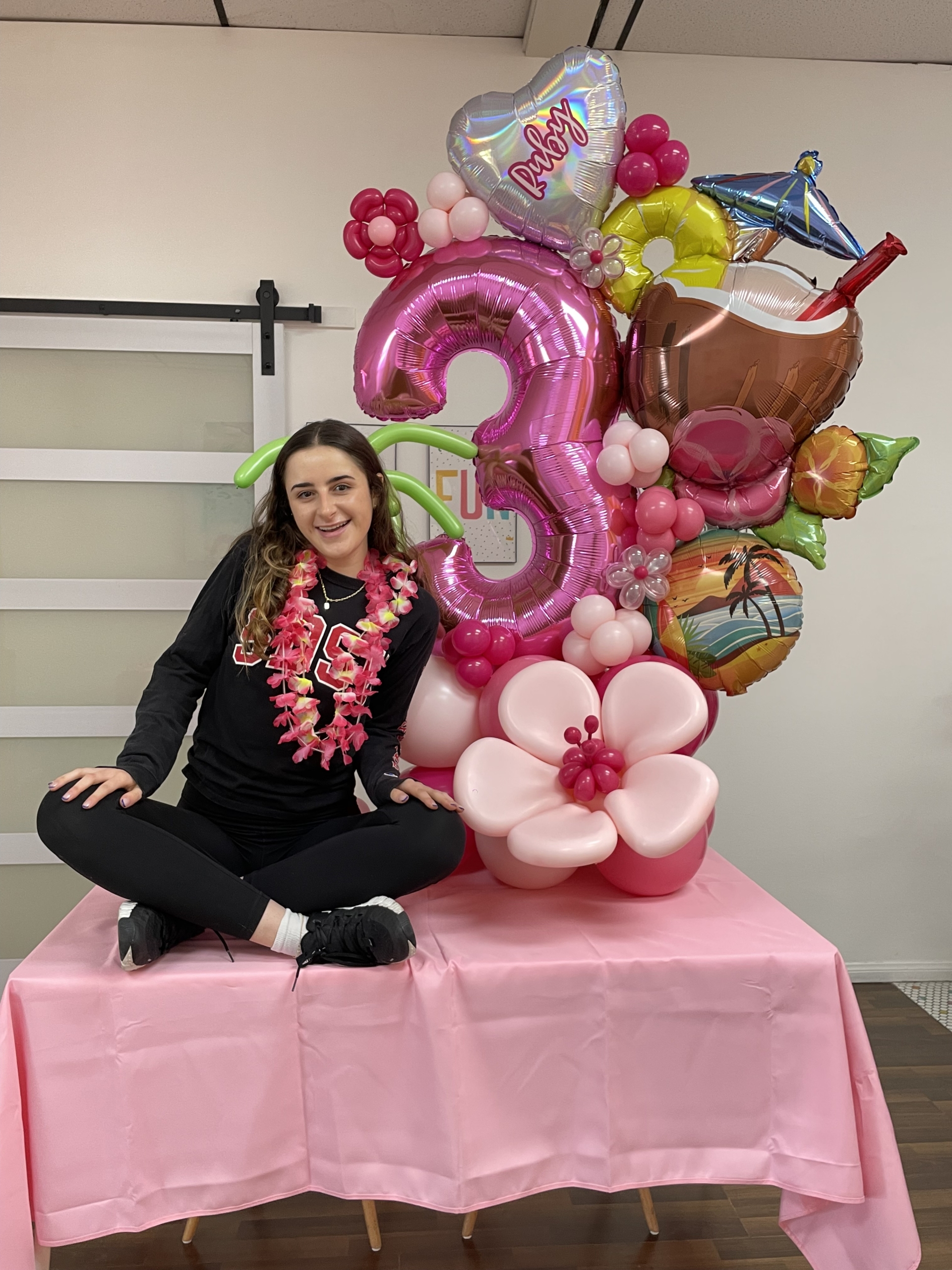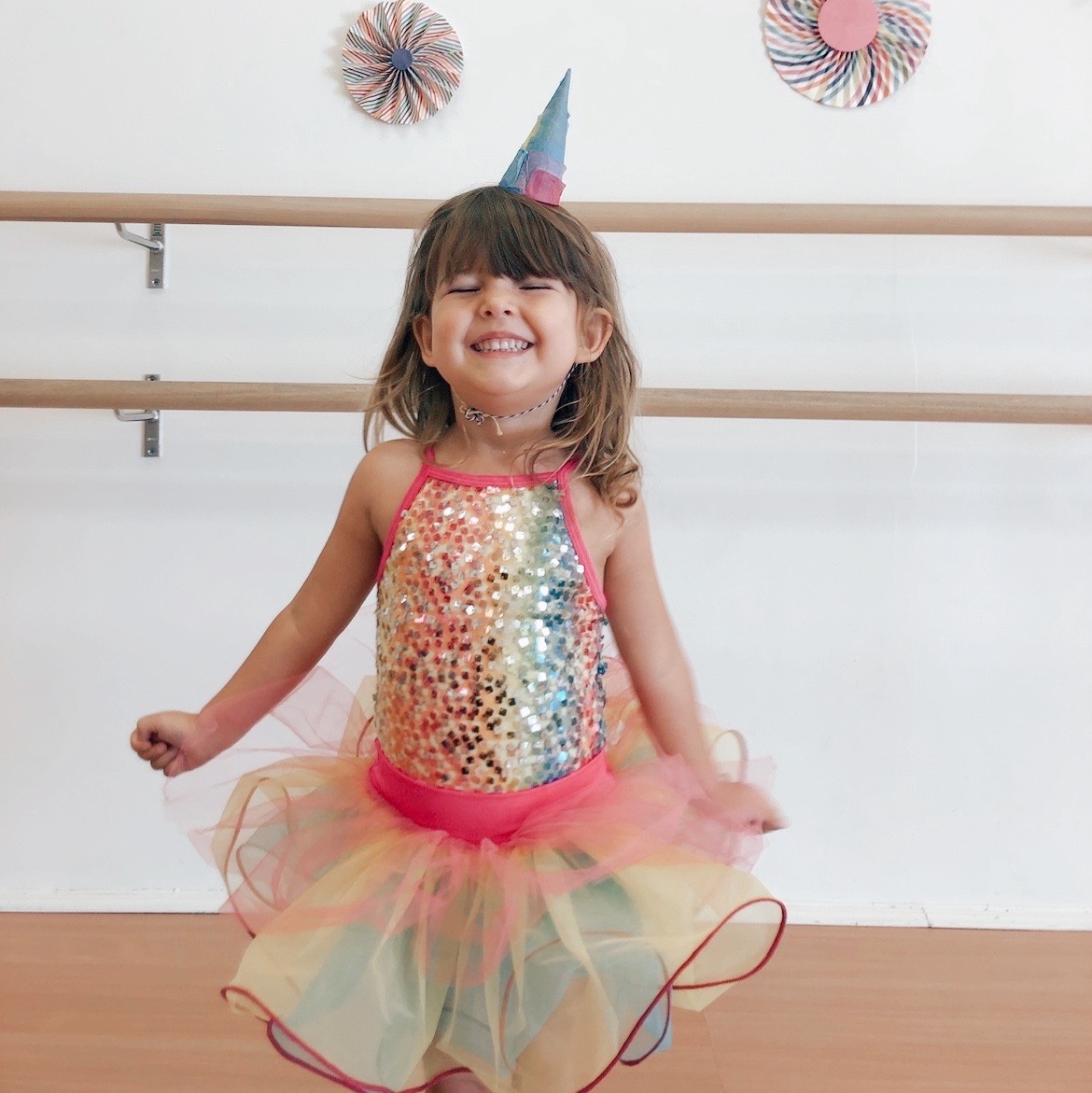 Track your dancer’s progress, celebrate their achievements, and cultivate a Gratitude Attitude!
Track your dancer’s progress, celebrate their achievements, and cultivate a Gratitude Attitude!
At Reach For The Barres, we believe in keeping our dance families informed and engaged every step of the way. That’s why we’re excited to remind you about our seasonal check-ins, designed to provide valuable insights into your dancer’s progress and celebrate their achievements throughout the year.
A Season of Growth and Gratitude
This season has been a whirlwind of learning, laughter, and leaps! Back in September, we kicked things off with those adorable first-day photos, capturing the excitement and anticipation of a new dance year. 📸 Then, in October, our young dancers took to the stage for in-studio performances, showcasing their newfound skills and confidence. 🌟 We also shared detailed email check-ins, highlighting what each class had been working on and celebrating individual accomplishments for our dancers in classes 2nd grade and up.
November Check-Ins: A Grateful Perspective
Now, as we embrace the spirit of gratitude in November, we’re thrilled to announce that your November check-ins are ready and waiting in your parent portal! Simply log in to access personalized feedback for your dancer, including:
- Skill Highlights: Discover the specific skills and techniques your dancer has been mastering in class.
- Progress Updates: Track their development and celebrate their achievements throughout the season.
- Gratitude Attitude: These insights into what your dancer is working on in class give you the chance to connect with them directly.
Why Seasonal Check-Ins Matter
Our seasonal check-ins are more than just progress reports; they’re a valuable tool for fostering communication and collaboration between teachers, dancers, and parents. By staying informed and engaged, you can help your dancer reach their full potential and cultivate a lifelong love of dance.
Access Your November Check-In Today!
Don’t miss out on this opportunity to connect with your dancer’s progress and celebrate their achievements. Log in to your parent portal today and explore their November check-in!
#RFTBFamily #SeasonalCheckIns #GratitudeAttitude #DanceProgress


 Tune into the Dance Magic with Our New Live Feed at Reach for the Barres!
Tune into the Dance Magic with Our New Live Feed at Reach for the Barres!
